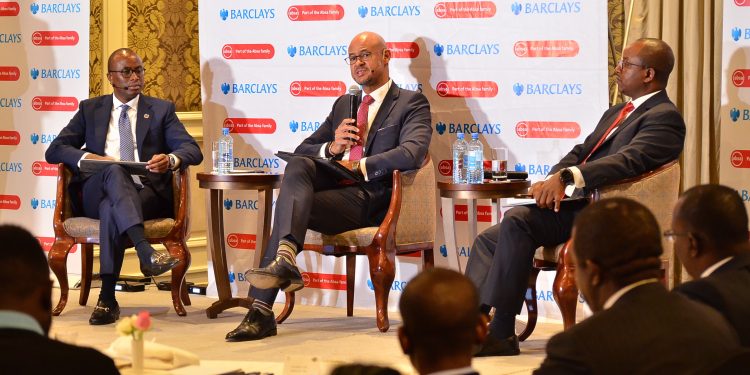Barclays Kenya earned Kshs.0.36 a share in the Q2 2019, which was 4% quarter-on-quarter (+5% year-on-year) up compared to the Kshs.0.35 a share earned in Q1 2019.
The marginal quarter-on-quarter rise in net earnings was driven by three factors: first, a stable topline which was total funded income rise 5% quarter-on-quarter (+8% year-on-year), largely driven by a 10% quarter-on-quarter rise in interest income from fixed-income investments (mostly treasury bills and bonds) as its holdings of the securities rose 15% year-on-year (-2%q/q).
Second, the bank’s cost-containment strategies delivered results during the quarter with total operating expenses declining by 4% quarter-on-quarter; consequently, the cost-to-income ratio softened to 55.9% from 58.6% in Q1 2019.
However, a number of items continued to exert a drag on the bank’s income statement, namely
(i) funding costs rose during the quarter with total interest expenses rising by 5% quarter-on-quarter (+24%y/y), despite a largely low-interest-rate environment during the period;
(ii) impairment adjustments through the income statement surged by 58% quarter-on-quarter (-12%y/y) on account of increased recognitions (indeed, the bank’s non-performing portion of its loan portfolio remained elevated at 8% during the period and is likely to remain so in the second half of fiscal year 2019);
(iii) rebranding costs surged 30% quarter-on-quarter to hit Kshs.317mn (and is projected to hit slightly over Kshs.1 billion in the fiscal year 2019) ahead of rebranding to Absa in June 2020; and (iv) the bank’s risk assets printed tepid growth during the quarter, which was reflected in the soft (+2%) quarter-on-quarter growth in interest income from loans and advances.
Broadly, Barclay’s balance sheet isn’t growing, which points to a lack of compelling growth story (especially in the face of risk-price caps, which aren’t expected to go away any time soon).
The bank, however, declared an interim dividend of Kshs.0.20 a share, which is likely to keep its dividend yield in the double-digit territory. The market is likely to continue premiumizing the stock on the basis of dividend yields. Indeed, the bank trades at 1.4x book value, a premium above the par multiple for its peers.



